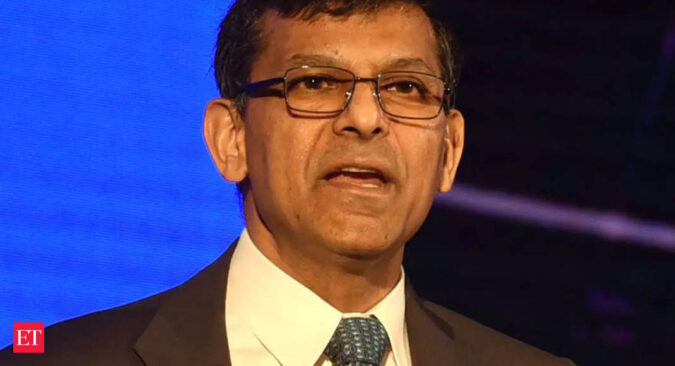The authors of the research, Rajan, Rahul Chauhan and Rohit Lamba argue that contrary to the arguments, India has not really become a mobile manufacturing giant.
The government had announced an outlay of Rs 1.97 lakh crore for the Production-Linked Incentive (PLI) schemes for different key sectors, to create national manufacturing champions and generate employment opportunities.
However, Rajan in a social media post on Monday said that the central government needs to look at data and undertake a detailed assessment of how many jobs have been created due to the PLI scheme, the cost to India per job and why the PLI scheme does not appear to have worked so far before extending it to new sectors.
A report by IANS shows that before 2014, there were two mobile manufacturing factories and now, more than 200 manufacturing units have been set up in India. India’s electronics industry saw a record exports of electronic goods at an estimated Rs 1,85,000 crore in FY23 — compared to Rs 1,16,936 crore in FY22 — marking a whopping 58 per cent increase.
The central government in 2016 raised tariffs on importing an entire mobile phone to drive mobile phone production in India. Later in 2020, the PLI scheme for mobile phones was introduced.
“One of the key deficiencies of the PLI schemes for mobile is that the subsidy is paid only for finishing the phone in India, not on how much value is added by the manufacturing in India. India still imports much of what goes into the mobile phone,” the note says.Figures shared by Rajan show that among the key components of mobile manufacturing including semiconductors, PCBAs, displays, cameras and batteries, India exports nothing. In fact, there was a sudden spurt in imports after the imposition of import tariffs on mobile phones in April 2018, the authors note.
Data of exports, imports and net exports of final mobile phones and semiconductors, PCBAs and other mobile parts together shows that the next exports have fallen from under -$12.7 billion in FY17 to -$21.3 billion in FY23. “In other words, it is entirely possible that we have become more dependent on imports during the PLI scheme”
Rajan and other writers have assumed that 100% of imports of semiconductors, PCBAs, displays, Li-ion batteries, battery chargers, and cameras go into mobile manufacturing. However, they write that it is possible that Lithium-ion batteries, cameras, and battery chargers have other alternative uses and the rise in their imports might reflect increasing demand for other products like Li-ion batters for EVs, DSLR cameras and other chargers for electronic equipment.
But on removing these subparts, the authors argue that they find no substantial difference in the net exports pattern. “It is still hugely negative and not increased substantially since 2018,” Rajan wrote.
We cannot claim that rise in exports of finished cell phones is evidence of India’s prowess in manufacturing, they assert.
It is likely that manufacturers are only engaging in assembly, which they seem to have been doing even before the tariffs were introduced by the Modi government. This is a minuscule portion of the final value of the mobile phone.
Citing the example of the Apple iPhone 12 Max, Rajan says that Foxconn’s value added from final assembly and testing is about 4 per cent of the manufacturing costs, which in turn are about 1/3rd of the value of the mobile phone.
All in all, the authors argue that India needs to assess if whether the 6 per cent subsidy India pays on the finished mobile phone, coupled with state subsidies, actually outweighs the value added in India.
Citing the WTO rules which do not allow India to tie the PLI subsidy to the value added in India, Rajan questioned if the scheme was a failure in the making.
